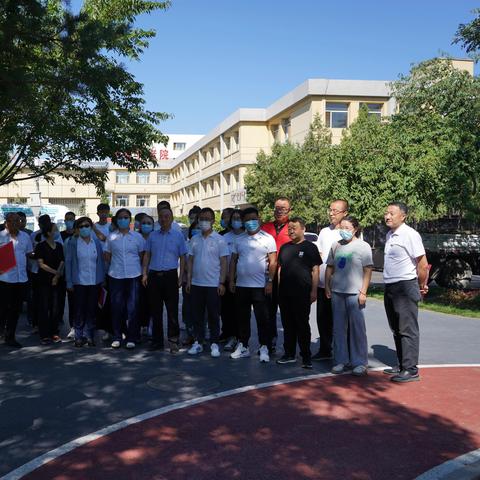Document Title: Strategy on Implementing Optimal Ecological Preservation for the Greater Bay Area Region
Document Number: 493333WWW
Document Classification: Confidential
--- Official Seal ---
Foreword
In accordance with the regional developmental strategies and ecological preservation initiatives previously outlined, the following document serves as a key policy guideline for the Greater Bay Area region, hereinafter referred to as "493333WWW" initiative. This policy framework takes into account the importance of ecological preservation within economic development in the area. It is crucial to ensure that our actions fully align with sustainable growth and long-term preservation efforts.
Introduction
The greater Bay area region is facing significant environmental challenges due to rapid urbanization and industrial growth. To address these, the policy "493333WWW" is developed to provide strategic guidance on the implementation of ecological preservation measures that are in line with best practices and globally recognized environmental standards. This document encompasses the selection of optimal preservation techniques, evaluation of developmental activities, and the establishment of a framework that ensures optimal environmental outcomes.
Policy Objectives
- Enhance Ecological Awareness: To increase the understanding of ecological preservation among stakeholders and the general public.
- Optimize Preservation Strategies: To identify and implement the most effective methods of environmental preservation in development projects.
- Ensure Sustainable Growth: To balance economic development with environmental conservation by promoting green initiatives and sustainable practices.
Preservation Techniques & Methods
- Green Infrastructure Development: Encourage the construction of infrastructure that includes green spaces, sustainable materials, and energy-efficient technologies.
- Water Resource Management: Implement water conservation and purification technologies to maintain healthy aquatic ecosystems.
- Soil Protection Policies: Adopt measures to prevent soil erosion and contamination as part of土地开发的战略规划。
- Air Quality Enhancement Measures: Develop plans to reduce air pollution, especially from industrial emissions and vehicular exhaust.
- Biodiversity Conservation: Prioritize the preservation of local flora and fauna, possibly through the establishment of wildlife sanctuaries and reforestation projects.
- Urban Planning Policies: Encourage urban planning that integrates green zones and natural buffers to mitigate against urban heat islands and other city-related environmental stressors.
Evaluation Procedures
Impact Assessment:
- Before every developmental project, a thorough environmental impact assessment must be conducted.
- Evaluate the potential environmental consequences using the latest scientific methods and international guidelines.
Stakeholder Engagement:
- Actively involve local communities, environmental experts, and other stakeholders in the decision-making process.
- Ensure transparency in communication and decision-making to facilitate trust and collective action.
Performance Monitoring:
- Implement ongoing monitoring of development projects to track compliance with environmental regulations.
- Use data-driven approaches to evaluate the effectiveness of preservation strategies and seasonal variations.
Regulatory Measures & Legislation
- Stricter Enforcement of Environmental Codes: Increase the stringency of regulations governing emissions, waste management, and industrial practices to meet or exceed international benchmarks.
- Penalties and Fines: Establish clear penalties for non-compliance with environmental protection laws.
- Strategic Collaboration: Forge partnerships with neighboring jurisdictions to address shared environmental challenges and share best practices.
- Legislative Framework Revisions: Regularly review and update legislative frameworks to adapt to new scientific findings and global standards.
Implementation Plan
Phase I: Pilot Projects (Year 1)}
- Initiate pilot projects in selected urban and rural areas to test preservation strategies.
- Engage with local universities and research institutes to provide scientific support and oversight.
Phase II: Policy Roll-out and Public Awareness (Year 2)}
- Broaden the implementation to cover more areas.
- Launch public awareness campaigns to educate the community about the importance of ecological preservation.
Phase III: Systematic Evaluation and Scaling Up (Year 3 and Onward)}
- Conduct comprehensive evaluations of the implemented policies.
- Scale up successful initiatives while refining and improving upon less effective measures.
Resource Allocation and Budget
Financial Investment:
- Allocate budget based on project scale and strategic importance.
- Seek international funding and donations to support large-scale conservation projects.
Human Resources:
- Engage experts, ecologists, and environmental scientists to lead preservation efforts.
- Train local staff and volunteers to manage and maintain ecological preservation projects.
Partnership Development:
- Collaborate with private sector, NGOs, and other stakeholders to leverage diverse resources and expertise.
Conclusion
The preservation of our natural environment is a collective responsibility that requires strategic planning and commitment from all sectors of society. The "493333WWW" policy outlines a comprehensive approach to ecological protection within the greater Bay area region that balances development with conservation. By implementing these measures, we aim to create a sustainable future for the area that benefits both the environment and its inhabitants.
This document is confidential and is intended only for the use of authorized personnel involved in the "493333WWW" policy implementation. Unauthorized distribution or disclosure of the document's content is prohibited.
--- Official Signature ---
Chairperson
Regional Environment Preservation Committee
转载请注明来自北京中浩天宇集成房屋,本文标题:《王中王493333WWW马头诗|最佳精选解释落实》









 京ICP备17074241号-4
京ICP备17074241号-4
还没有评论,来说两句吧...